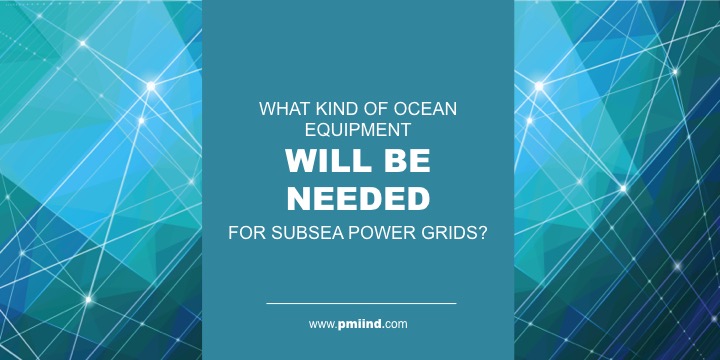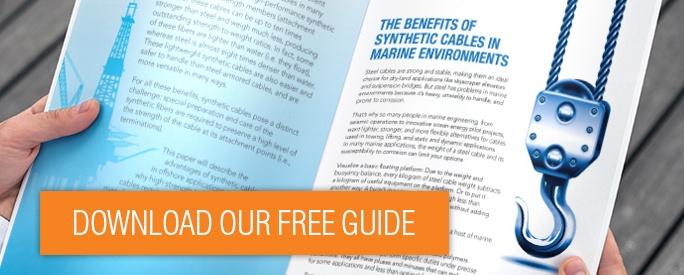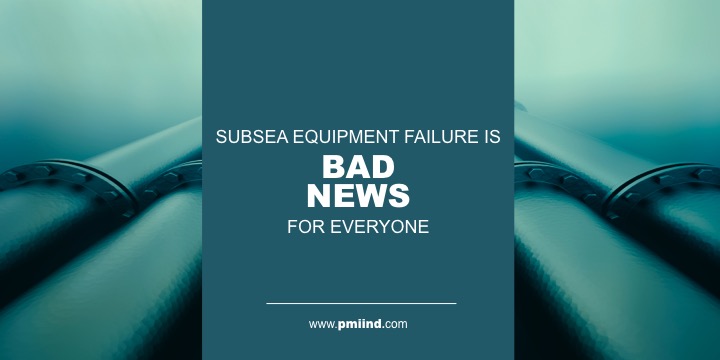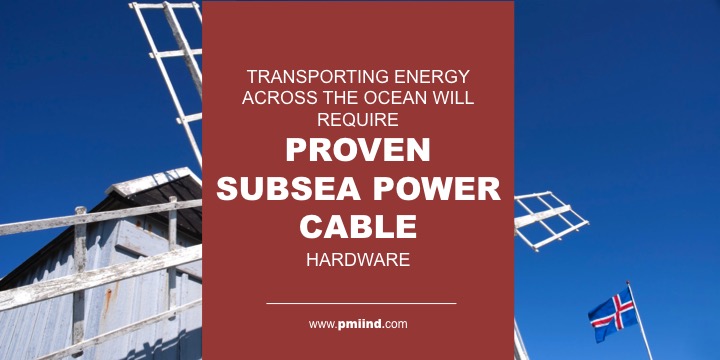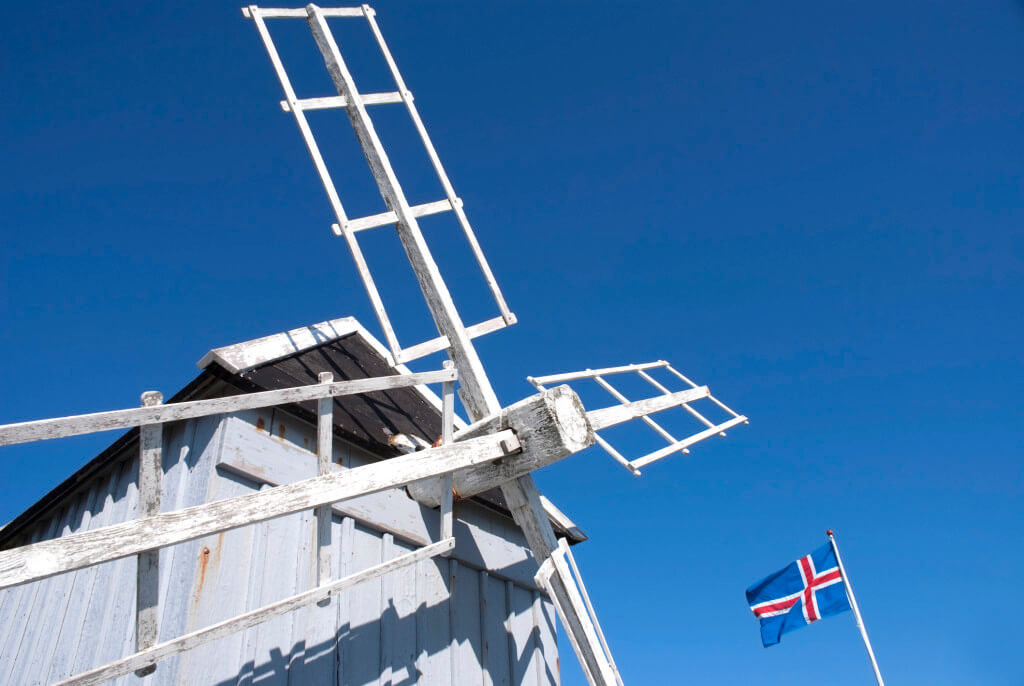 Subsea power grids require two major kinds of ocean equipment: subsea power cables to convey electricity to the grids, and generating equipment to distribute electricity to pumps and other devices required to find and extract crude oil.
Subsea power grids require two major kinds of ocean equipment: subsea power cables to convey electricity to the grids, and generating equipment to distribute electricity to pumps and other devices required to find and extract crude oil.
Even in a time of depressed petroleum prices, oil companies still value deep ocean engineering and they like the prospect of placing power grids on the sea floor because the grids improve the efficiency of the extraction process, which helps hold the line on production costs. When the oil market inevitably rebounds, companies with the most efficient production processes will reap the greatest rewards.
Let’s look at some of the ocean hardware that will go into these subsea systems:
- Transformers: These take power from the surface — either from the mainland or a floating platform — and convert it into the voltage needed at the undersea grid level.
- Switch gear: Switches adjust the flow of electricity to the deep-sea components that need it. If a pump needs different voltage than a compressor, switch gear takes care of that job.
- Variable-speed drives: An oil-drilling pump needs to run at multiple speeds to achieve maximum efficiency. VSBs make this happen.
- Cables: Cables carry energy from the surface to the grid and distribute it to the transformers, switch gear, variable-speed drives and any other ocean hardware in the grid.
Why deep-sea power grids are so attractive
Oil drillers need a lot of power to extract oil from below the deep sea. A deep-sea power grid allows power to be distributed to dozens of pieces of subsea hardware across a wide expanse of the sea floor.
A site developing a deep-sea oilfield becomes much easier to operate if power sources are on the sea floor near the point of extraction. Without a grid, power can be sent down via cables to equipment within a very limited expanse. A grid dramatically expands the area of sea floor that has available power.
Challenges for deep-sea equipment
Companies are designing subsea grids that can operate for up to 30 years in up to 10,000 feet of water. That places immense pressure on the equipment and requires precise engineering to protect delicate electrical components.
Saltwater is extremely corrosive, and undersea creatures like to attach themselves to any structures they can find. Fishing fleets drag deep nets that can become entangled in deep-sea equipment, and ship anchors have the potential to damage or cut subsea power cables.
Robust ocean equipment is the answer
Subsea energy companies understand the extreme terrain and know they need to build robust gear to provide reliable systems that can last decades. That also means they need to rely on proven ocean hardware that is high quality, highly reliable and fully flexible.
Offshore renewable energy solutions might be new to the world, but we know that all ocean equipment requires deep ocean engineering experience. And for over 60 years, PMI Industries has provided ocean hardware that increases efficiency, reduces failures, and improves installation and deployment time.
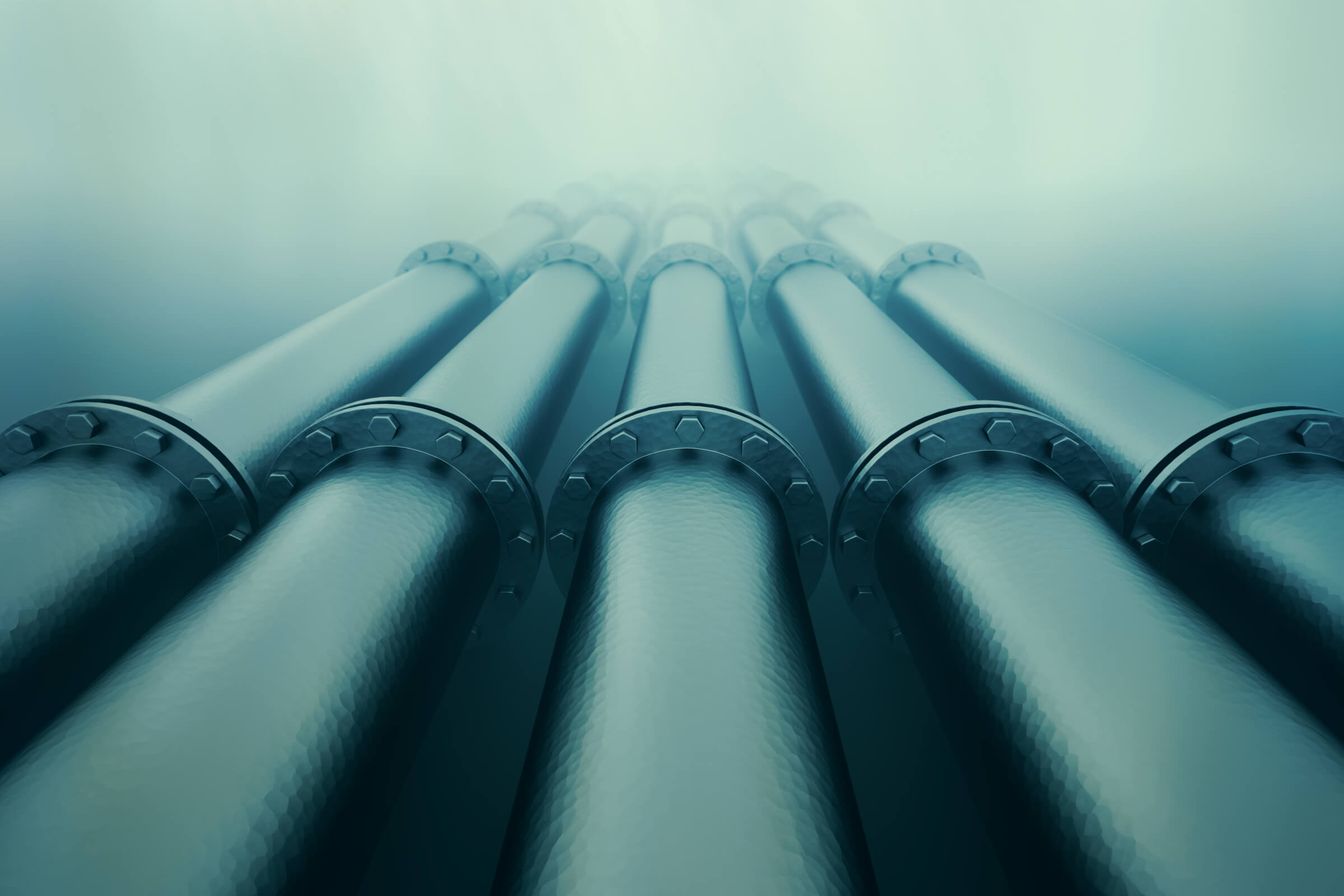 Whether they are lifting oil from deep below the seabed or experimenting with data centers on the ocean floor, anybody getting work done below sea level lives in perpetual fear of subsea equipment failures.
Whether they are lifting oil from deep below the seabed or experimenting with data centers on the ocean floor, anybody getting work done below sea level lives in perpetual fear of subsea equipment failures.
This is especially true as oil-development machinery equipment installed decades ago reaches the end of its projected operating life. What do you do with 20-year-old machinery that was built to last 20 years? Replace it now or wait for it to fail?
Either way, it will not be cheap. How can companies mitigate the risk of subsea equipment failures? A few tactics spring to mind:
Dive deeper into predictive maintenance
With today’s high-powered computers, databases, and networks, it’s getting much easier to collect data that will provide authoritative data on the likely expiration of subsea equipment. Of course this requires sensors that measure the conditions of equipment, and cabling to convey all that data to the surface.
It’s not an easy or a quick fix, but it should be built into any process of replacing or upgrading any new equipment being installed now. Forward-thinking drillers who do this today will reap far more benefits when oil prices inevitably recover.
Invest in more in-depth training
Subsea equipment fails for highly specific reasons that might be invisible to people who make routine checks and are trained to look for only a few data points. The key is to amass the knowledge of your most senior technicians and develop protocols to pass their advanced knowledge onto your junior technical staff.
Again, the oil market downturn can be a boon to advanced training because you can provide more in-depth training to smaller technical staffs. When repair and maintenance crews have to be ramped up in a year or two, you can implement your advanced training regimen to a wider audience.
Broaden your approach to integrity management
Integrity management has three anchors: inspection, maintenance and repair (IMR). You want to address all three holistically so that any change in one anchor is reflected in the others.
Deep-sea inspections can be logistically difficult and repairs can be disastrously expensive. That’s why so many companies are turning to data to help them understand the likelihood of failure so they can get every last minute out of a piece of subsea machinery but replace it before it actually fails and causes massive downtime or, worse yet, an environmental disaster.
There’s no question that all phases of IMR are costly, but the consequences of neglecting IMR are far worse. There will always be a temptation to cut corners on the quality of your subsea equipment, but these short-term savings can get extremely expensive if the equipment fails unexpectedly, endangering investments, ecosystems and people’s lives.
As a leading underwater engineering company, PMI has more than four decades of experience in creating subsea hardware for the oil and gas industry. Our track record of providing world-class cable hardware also can be a huge advantage companies in the emerging fields of offshore wind and tidal energy.
Want to learn more about deep-sea hazards? Download our Free Guide – the 6 types of corrosion that concern underwater engineering companies.

The island nation of Iceland has more renewable energy than it needs. Great Britain wants to use more power from renewable sources. A 1,000-kilometer submarine power cable could conceivably help Iceland export its surplus renewable power and help Great Britain meet its renewables goals.
All this is possible because of the advantages of high-voltage direct current (HVDC), which makes it more practical to transmit power over long distances via submarine power cables. Electrical grids around the world generally use alternating current (AC) because it’s more economical over short distances.
The problem with AC is it becomes less practical the farther the power has to be transmitted. When power has to be transmitted distances in measuring in the hundreds of kilometers or more, it becomes much more sensible to use high-voltage direct current.
Using HVDC to move lots of power over long distances is extremely helpful in developing nations like China that have rapidly emerging energy demands. But another of the great opportunities for HVDC lies deep below the ocean with subsea power cables.
Long-distance subsea power cables have a host of applications:
- Windfarms located far offshore. Wind is more abundant far away from shore, and many near-shore sites have already been developed. Submarine power cables using HVDC make these remote windfarms practical.
- Subsea electrical grids. Electrical grids beneath the ocean are being developed to improve the productivity of off-shore drilling operations. HVDC could allow them to be powered by production facilities on dry land.
- Metro areas where it’s impractical to build new power plants. In the San Francisco Bay Area, for instance, subsea power cables can extend power across the bay and avoid the need to build new power generating capacity.
This potential sounds awesome until you hear the statistics on how long it takes to repair a damaged submarine power cable. It can be days, weeks or months depending on the location and the severity of the damage.
The rugged reality of deep-ocean engineering is that it only takes one fishing trawler or cargo ship anchor to foul up a deep-sea power transmission plan. That’s why subsea cable protection is so important.
Providing that kind of protection has kept PMI in business for more than four decades, engineering rugged, durable ocean hardware for companies and projects around the globe.
Our deep ocean engineering experience helps enable the world-changing potential of renewable power. No matter how breathtaking the advances in technology, if the power has to be sent through subsea cables, those cables need extra protection that our ocean hardware provides.
Our guide, 6 Ways to Extend Your Subsea Power Cable Life, can provide more insight into increasing the longevity of your subsea cables. Download the free guide today:


